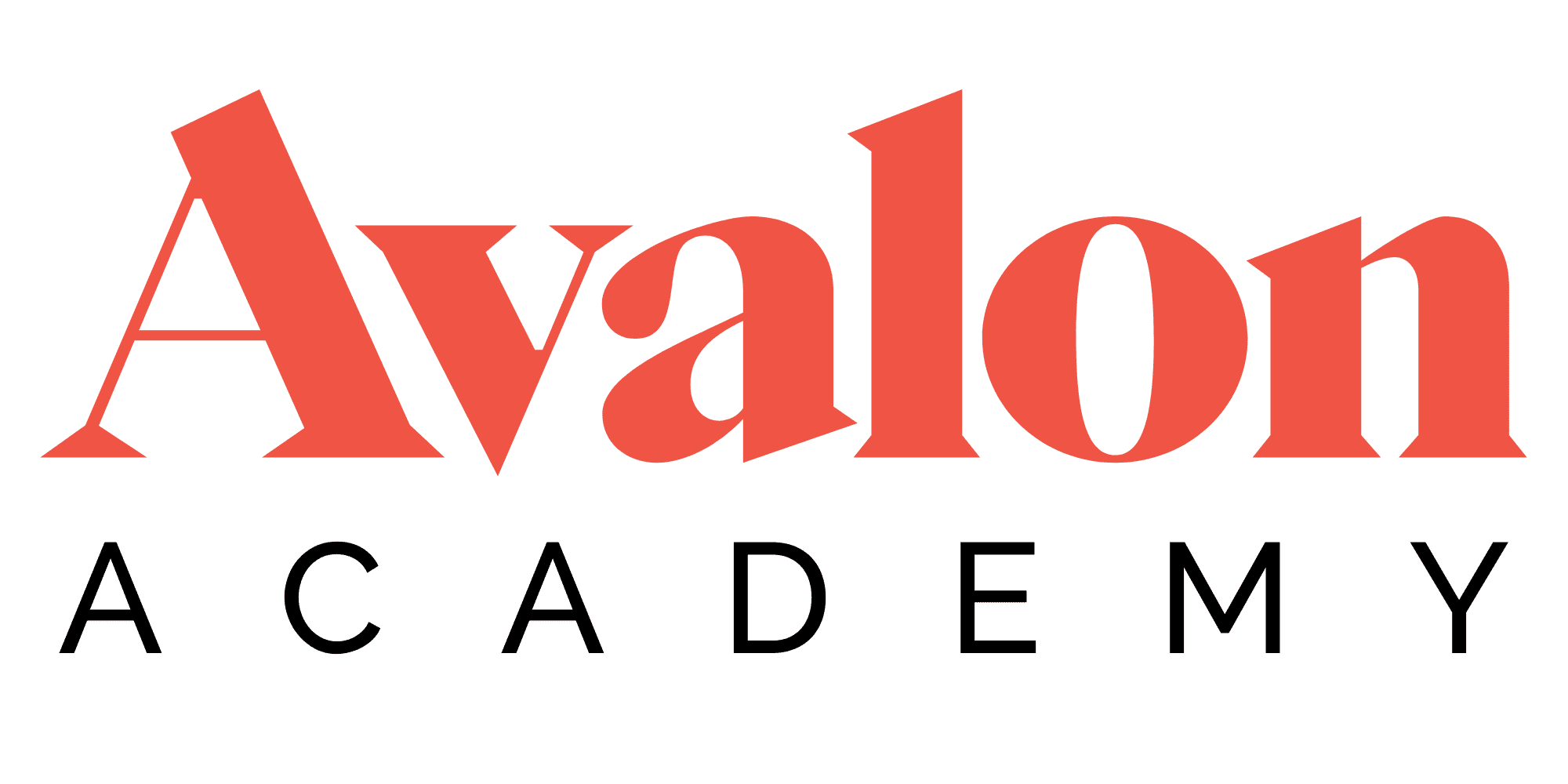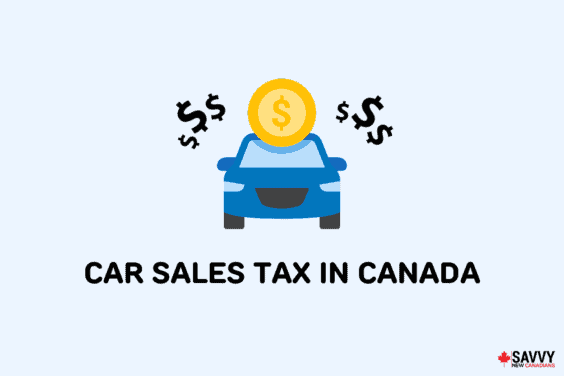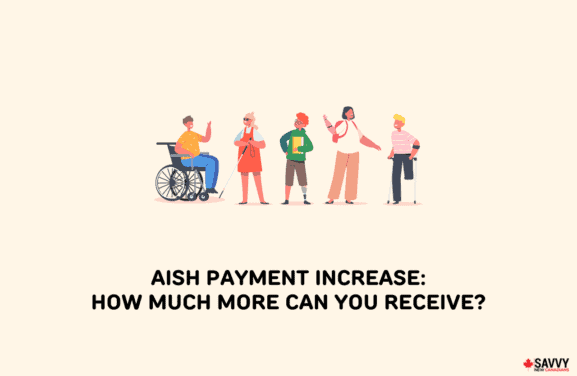So, you’re considering expanding your customer base south of the border. After all, it makes sense, right? By selling to the US market, you’re opening up your client base almost tenfold compared to just selling on Amazon in Canada.
Why Amazon?
Well, it’s obvious. They’re huge, and they do an incredible job of converting customers once they’re on their site. This has resulted in over 25,000 sellers earning over $1 million on the platform, according to Oberlo, with 200,000 sellers hitting the $100,000 sales mark.
Thanks to Fulfilled by Amazon (FBA), it’s now easier than ever to expand your business overseas with the Amazon Unified Account, giving small business owners like yourself access to North America from just one platform.
In this article, we walk you through how to sell on Amazon.com from Canada.
Step by Step Guide on How to Get Setup and Sell with A New Amazon Canada Seller Account
Before you get started, there are some things you’ll need:
- Chargeable Visa/Mastercard – Available through Transferwise
- A valid bank account – Also sorted through Transferwise
- Phone number and email address – For login purposes and two-factor authentication
- Brand registration – If you have a registered brand name
- UPC or EAN codes for items in your inventory – click here for a list of what Amazon requires these codes for.
- Tax forms
Once the above is sorted, it’s time to get set up:
- Head to the Amazon website to create a seller account and select North America. As a Canadian-based business, you’re actually at an advantage as the Amazon Seller account fees are cheaper in Canada than they are in the USA. So, by selecting the North American Unified Account from Canada, you’ll pay the Canadian rates but will still be able to sell in the US and Mexico with no additional cost making it a win-win.
- Next, you’ll need to choose an account type. In Canada, you have two selling account options; a Professional account and an Individual account. The Individual account is great for small businesses or individuals just starting out. You can always start with an Individual account and then upgrade in the future. As a rule of thumb, if you think you’ll be selling more than 20 items per month on amazon.com or amazon.ca, then you’re best having a Professional plan as that will be more cost-effective.
- Now, you can add your products. The Build International Listing (BIL) Tool in your Seller Central has been designed to make things a little easier when listing the same item in multiple marketplaces, as you can do it all from one marketplace (Canada). Having said that, it’s not perfect. You’ll still need to create the product detail pages individually, and it can only be used if you’re fulfilling the orders yourself and not using FBA.
- Once your items sell, it’s time to ship them. If you’re using FBA, Amazon will take care of this part for you. If you’re fulfilling orders yourself, you’ll need to choose a shipping company, arrange customs documentation, and seek a broker to help clear your packages when you’re shipping them to the US. We discuss all this in the next section.
- Finally, you’ll get paid and use Transferwise to avoid high bank fees and low rates of exchange when receiving your cash
Inventory and Shipping
To sell on amazon.com in Canada, you’re going to need to have an effective way of shipping your inventory across the border.
Managing your inventory and logistics side of the business can be very complicated, and although it’s great for business owners such as yourself to know how it works, Amazon does have ways to help you navigate through the complexity that is international logistics.
Shipping across the border is a whole new ball game compared to shipping domestically, as you have to know the import/export rules and regulations of the areas you’re operating in, and you’ll also be responsible for paying appropriate fees and taxes.
The easiest way to simplify logistics is by using FBA.
You can, of course, choose to deal with shipping yourself and go down the FBM (Fulfilled by Merchant) route, but this will mean you’re responsible for choosing a shipping company, factoring in cost, and storing your inventory.
FBM will also affect delivery times, which may deter Prime customers in the US, who’ll want super fast shipping (much easier if the product is already at an Amazon warehouse in the US).
We don’t want to put you off though; generally speaking, when shipping between the US and Canada, the customs paperwork isn’t overly complicated, and you can hire a customs broker to deal with the majority of this, and it should work if you already have a lot of infrastructures here in Canada (such as distribution centers, logistics staff, and warehouses for inventory)
However, if you’re a small business owner, you may be much better off just using FBA, they charge a flat fee per item and even manage the customer service side of things too. You’ll still need to do some sort of shipping – to send your product to the FBA fulfillment centers in the US, but this can be done in bulk, saving you time and effort.
There is a slight grievance with FBA however, when it comes to inventory, that may deter you as a seller, and it’s that you won’t be able to use global SKU codes. You’ll have to allocate inventory for each specific region (country) you’re selling in rather than having a global allocation.
For example, instead of having 300 units of t-shirts under one global SKU, you would need to allocate, say 150 t-shirts for the US under one SKU, 100 for Canada under another SKU, and 50 under another SKU if you wanted to sell in Mexico too, meaning you’ll need to try and predict how much product will sell where.
What are the Fees and Taxes to Ship to the USA from Canada on Amazon?
Finally, let’s cover the tax implications of selling on amazon.com as a Canadian business.
When it comes to taxes in the USA, things can begin to get complicated and fast. However, you’ll just need to fill out one form in regard to your income taxes.
When you open a seller account, Amazon will ask you several questions to determine whether or not you’re liable to pay tax in the USA. If you’re classed as a foreign national (which likely you will be if you’re a Canadian citizen), you’ll need to fill out a W-8BEN form to ensure you’re exempt from paying US taxes.
Amazon has a lot of resources when it comes to understanding the tax implications for your business when selling on amazon.com from Canada – you can check them out here. You’ll just then pay your Canadian taxes as usual and include your profits from your US sales, too.
Other taxes and fees you’ll need to consider when selling on amazon.com in Canada are customs taxes and fees. Regardless of whether you choose to do FBA or FBM, we recommend hiring a customs broker to deal with all the complicated stuff.
Major shipping companies can act as brokers, or you can choose someone else such as Kuehne and Nagel or a small independent firm.
Why You Should Sell on Amazon.com from Canada
Digital shopping in Canada has grown year on year since 2017, and over 80% of the population currently shop online. But, in the USA, the numbers are much greater.
Although the number of online shoppers only accounts for around 70% of the US population, in 2019, this totalled 263 million people, of which almost half are members of Amazon’s premium shipping service, Amazon Prime.
4 Reasons You Should Sell on Amazon.com from Canada
1. Huge potential market to tap into
Amazon.com is the biggest eCommerce site in the world, with over 124 million prime users in 2019. As an Amazon seller, Prime customers are your VIPs; they’re the consumers willing to pay a monthly/annual subscription for regular and rapid shipping. Prime users are also reported to spend double what the regular Amazon customer spends.
2. Fast approval to the platform
Amazon.com usually approves new seller accounts within a week which means there’ll be minimal downtime for your business. You can use that time to get other things in order, like setting up bank details and gathering barcodes for inventory; even writing product descriptions.
3. Low barriers to entry
Usually, selling products in the USA as a Canadian-based business can be an expensive, complicated endeavour with a lot of red tape. However, with Amazon, the process is simple, and you just need a few things to get started. (See our step-by-step guide later in the article).
4. FBA makes international business a breeze
FBA not only makes shipping easier but also the whole customer experience. If you’re just using your Unified Seller Account to sell in Canada and the USA, you don’t need to worry about translation for products and ensuring you have customer service reps who can speak other languages.
However, if you were to take advantage of selling in Mexico too, Amazon would require all product descriptions to be written in the language of that country (in this example, Spanish) as well as customer service available in that language.
However, if you choose FBA, they take care of all your customer service needs, meaning you’ll only need a translator for your product descriptions.
Related: TransferWise Canada Review
Do I Need a Local Bank Account for Selling on Amazon USA in Canada?
Great question!
The short answer is No. You don’t need a local bank account to sell on Amazon USA, even if you’re in Canada.
Amazon, like many other multinational companies, offers to exchange your USD into Canadian dollars using their in-house currency converter, ACCS (Amazon Currency Converter for Sellers).
However, it comes with a pretty unfavourable exchange rate, and there are plenty of other ways to get around paying such high rates of exchange.
One option some sellers tend to do is open up a US bank account. This is easily done in Canada, as many mainstream banks can offer a USD account. Having said that, accessing the funds can still incur transfer fees and not-so-favorable exchange rates.
The alternative is to use an online currency exchange platform to exchange your US Dollars for Canadian dollars, where you’ll often get a better, mid-market exchange rate.
This brings us to an even better alternative. Using a platform that not only offers a currency exchange platform but also allows you to have local bank details too.
A money transfer service/bank like the Transferwise Borderless account is the perfect solution and also offers a business account with zero fees saving you even more cash each month. With a service like Transferwise, your earnings will be sent to your own, personal US checking account.
You can then either keep your earnings in there or use the platform to convert your funds to Canadian dollars at a great rate. Then, you can Interac the money to your Canadian checking account, or just keep your funds in your Transferwise Borderless account.
Transferwise is pretty much like any other bank. The account comes with a debit card regardless of whether you choose to have a personal or business account, meaning you can pay expenses quickly and easily. You can now even set up direct debit payments for your regular bills.
Finally, they’ll also automatically convert currency if there’s not enough of your selected currency available and their algorithm does this in the most economical way based on the current exchange rates.
Amazon CA vs Amazon.com: Summary and Recommendations
Selling on amazon.com as a Canadian is a perfect way to scale your business without too much difficulty, especially if you’re using Amazon’s tools to help you: the Unified Account, Build International Listings tool, and FBA.
If you want to test the waters, FBA would be my recommendation to see how you get on with it and see if your product is appealing to the US market. Your customers will be able to get Prime delivery slots, and you’ll be able to get feedback fairly quickly.
By using Amazon, your business can reach a global audience and benefit from its presence and marketing expertise in all corners of the world. When teamed with a banking service like Transferwise, international expansion will be as easy as 1,2,3.
The 7-Day Business Starter Course: Launch Your Canadian Business Like a Pro!
The Seven Day Business Starter is the only program you’ll ever need to start and build a successful business that will support you for years. This course is designed for Canadian entrepreneurs seeking guidance to turn their ideas into thriving businesses.
Learn how to create your business plan, register your business, master your finances, succeed at marketing, make your first sale, build an operating system, and automate processes. See real-life examples and get lifetime access to an exclusive online community.
Sign up with our exclusive promo code SAVVY25 and get a 25% discount (30 day money back guarantee).
You can also look at this course on Bookkeeping and Taxes for Freelancers (use SAVVY25 for a 25% discount).






Awesome and detailed write-up! Thanks for the knowledge Enoch!
@Ayodeji: My pleasure!
Hi, I am a CDN looking to start selling on Merch. My bank account has a SWIFT/BIC CODE for the application. Does Amazon pay CDNs in USD as a wire transfer or as direct deposit?
Also I understand I will add the profit from selling on Merch on my CDN taxes but does the US withhold and take their share of my profit?
Thanks!
Good afternoon, I am a Canadian and I want to buy from USA wholesalers to then ship to Amazon.com. I have a Canadian business, but have been told that I need to set up an LLC in the USA, get an EIN# and reseller certificate. Do I need an LLC in the USA if I already have a registered company in Canada? Do I need an EIN# in every state, I will be purchasing from wholesalers in different states. Do I need a reseller certificate in every State?
Thank you for all your help
Cindy Edwards
Can I sell to US and Canada from Amazon.ca in the same account?
Based on your questions, it sounds like you want to purchase goods from US wholesalers to sell on Amazon.com, while operating your business from Canada. To do this, here are the key requirements:
1. LLC in the US: This is not strictly required, but it is recommended. An LLC can help establish a legal business presence in the US and may be required by some wholesalers. If you do form an LLC, you will need to register it in a state (any state) and obtain an EIN for it.
2. EIN: You will need an EIN (Employer Identification Number) to open a business bank account in the US and for your LLC (if you form one). You only need one EIN, even if you are purchasing from wholesalers in multiple states. An EIN is obtained from the IRS and is free to obtain.
3. Sales tax registration: Technically, you should register to collect and remit sales tax in any state where you have “nexus” i.e. a physical presence. For online sellers, nexus is established if you have inventory in a state’s warehouses or use in-state affiliates. However, for shipping directly to customers, many states do not require sales tax registration and you can rely on “economic nexus” thresholds. It is best to check with each state’s requirements.
4. Reseller certificates: These are only required if you want to purchase wholesale goods tax-free. You will need to obtain reseller certificates/permits/licenses in each state where your wholesalers are located. These establish that you intend to purchase goods for resale, and allow you to buy tax-free. Not all states require them, so you should check with your wholesalers.
In summary, while not always strictly required, forming a US LLC and obtaining an EIN is recommended for your business model. Reseller certificates and sales tax registrations may be needed in some states. But you do not necessarily need an entity or registration in all 50 states – you can select key states where most of your wholesalers are, and expand from there only as needed. Let me know if you have any other questions!
I read an article saying if you are Canadian citizen and obtain a LLC you will pay double taxes to IRS and CRA? for beginners this won’t work as the little profit that person makes will get taxed double lol
@Maria: No, you get a waiver and don’t have to pay taxes to the IRS. Canada and the US have a tax treaty that prevents double taxation in this regard (in most cases as far as I know).
Hi Enoch, we are a Canadian company importing a private label brand from China for resale on Amazon US only. Are the production costs of these goods considered tax-exempt as they will be resold? If so, what is the process for ensuring we do not pay tax? Thank you for your help!
@Helen: Unfortunately, I don’t have a direct answer to your question. I’m more familiar with digital products like eBooks and how to avoid the US withholding taxes on those. See here: https://www.savvynewcanadians.com/amazon-kindle-self-publishing-how-to-avoid-the-30-u-s-withholding-tax/
For your scenario, I am assuming there would be some sort of resale certificate that identifies the cost of goods. Also, there may be customs import documents that show this? Not so sure how it works on that front.